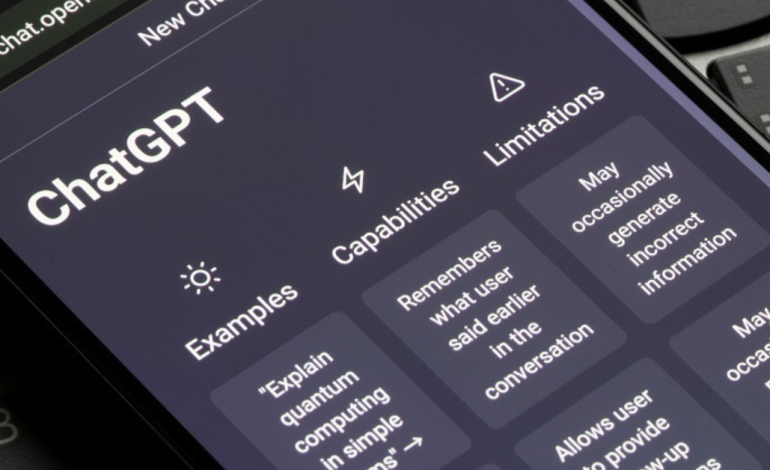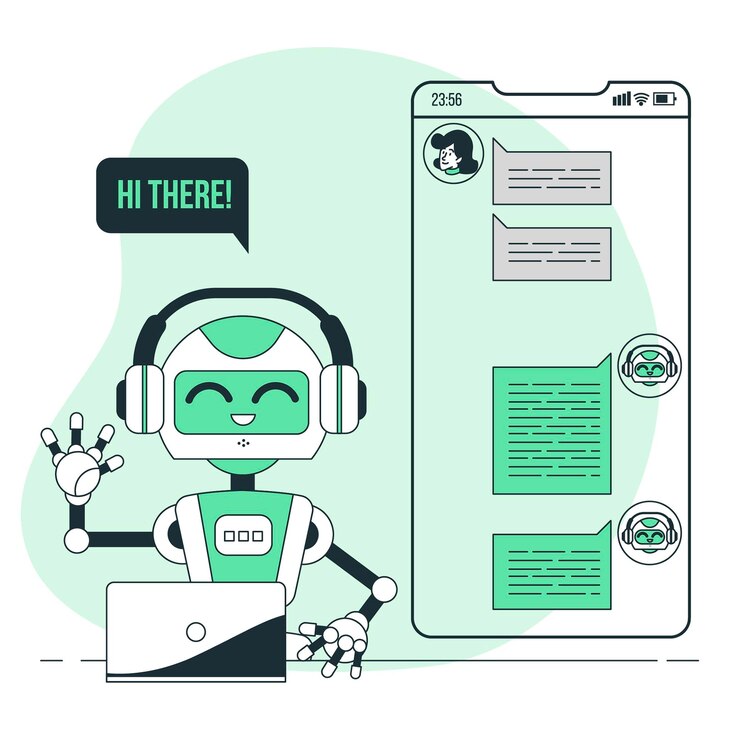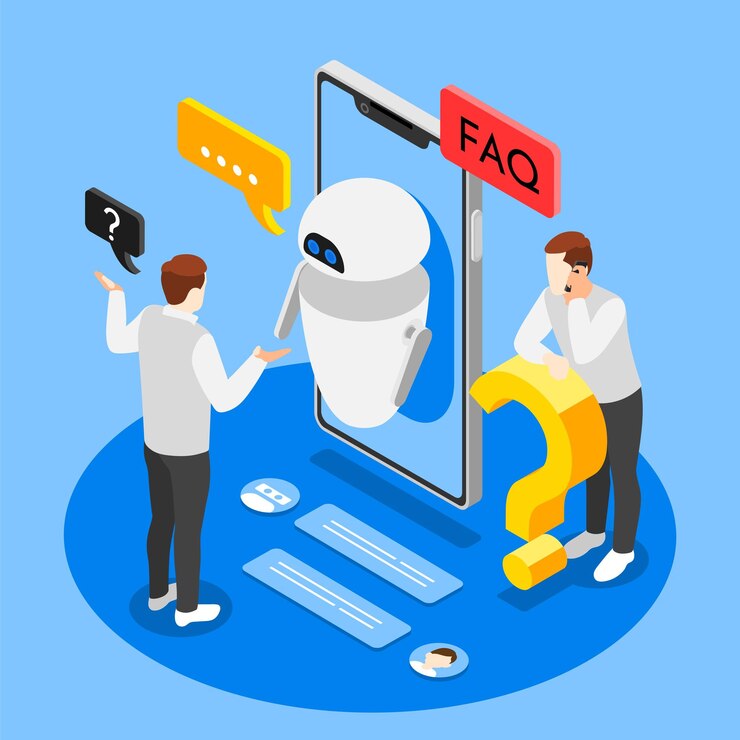
Mastering ChatGPT: A Guide to Avoid Common Mistakes
Welcome to another insightful session with Wisefuss! If you’re eager to enhance your proficiency with ChatGPT, you’re in the right place. In this article, we’ll dissect common mistakes users—whether beginners or seasoned—often make when interacting with this powerful language model. By steering clear of these pitfalls, you’ll ensure more accurate and valuable responses from ChatGPT. Let’s dive into the five mistakes to avoid and explore ways to rectify them for a smoother user experience.
Mistake #1: Not Providing Enough Context
A prevalent mistake, especially among beginners, is failing to furnish sufficient context when posing questions or making requests. ChatGPT relies heavily on context to comprehend queries and deliver precise responses. Without ample context, the model may provide irrelevant or inaccurate information.

For instance, asking a broad question like “What to eat to lose weight?” lacks the specificity needed for a helpful response. Instead, include details such as dietary requirements, allergens, current weight, height, age, and relevant medical conditions to enable ChatGPT to tailor its response accurately.
Mistake #2: Overestimating ChatGPT’s Capabilities
While ChatGPT is a robust tool, users, especially beginners, sometimes overestimate its capabilities. Expecting flawless responses on complex topics from the outset may lead to frustration. It’s crucial to recognize that ChatGPT is continually learning and evolving, requiring time to provide accurate and polished responses.
For example, initiating with simpler prompts and gradually progressing to more complex ones allows users to gauge and adapt to ChatGPT’s evolving capabilities effectively.
Mistake #3: Ignoring ChatGPT’s Limitations in Training Data
Another oversight is neglecting the fact that ChatGPT’s knowledge is based on its training data. This means it might lack information on recent events or developments. Users should acknowledge and address this limitation by cross-referencing information through additional research or consulting experts.

For instance, if seeking the latest news on a political event, users should be aware that ChatGPT might not have access to real-time information beyond its training data cutoff.
Mistake #4: Not Being Specific Enough with Your Prompts
Precision is key when interacting with ChatGPT. Failing to be specific in prompts can lead to irrelevant or unhelpful responses. Users should aim for clarity, especially when seeking information.
For example, a vague prompt like “tell me about robots” may yield a generalized overview. Being more specific by asking about a particular type of robot, its features, or limitations ensures a more tailored and pertinent response.

Mistake #5: Not Considering Ethical Implications
Ethical considerations are paramount when using ChatGPT. Users, particularly beginners, might overlook potential biases in the model’s training data or its potential for misuse.
For instance, when employing ChatGPT for tasks like generating text for marketing campaigns, users should be mindful of biases that could influence the message. Additionally, users should be aware of the potential for ChatGPT to be misused to spread disinformation or misinformation.
Conclusion
In conclusion, mastering ChatGPT involves steering clear of common mistakes to optimize its utility. Providing sufficient context, setting realistic expectations, acknowledging limitations, being specific in prompts, and considering ethical implications are key elements to ensure a positive and effective interaction with ChatGPT. I hope this guide proves informative and valuable on your journey to harnessing the full potential of ChatGPT. If you have questions or comments, feel free to share them below. Happy chatting with ChatGPT!





